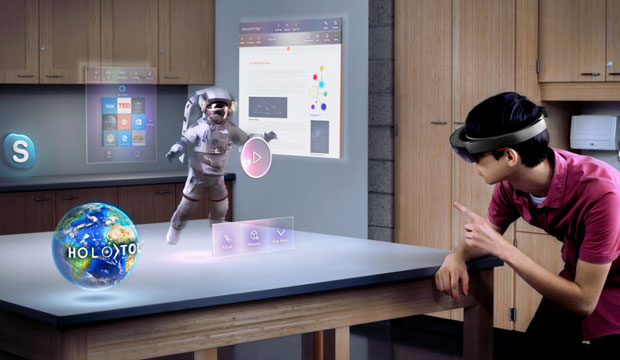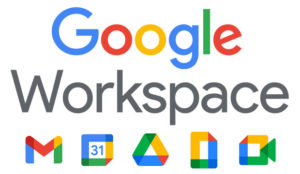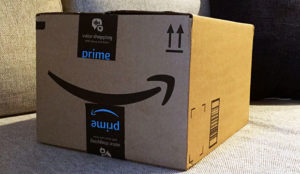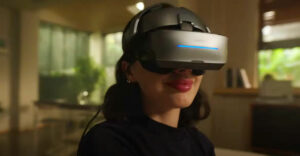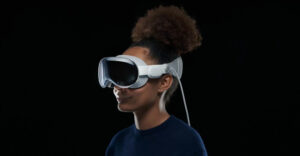Microsoft last week announced it would open its Windows Holographic platform to partner firms looking to develop products for the Hololens ecosystem.
Microsoft already is already working with a range of partners — including Intel, AMD, Qualcomm and others — to build a hardware ecosystem that can support mixed-reality environments, company officials said at Computex.
“We are providing an opportunity for our OEM, ODM and developer partners to build devices and experiences that utilize the Windows Holographic platform to build mixed reality perception-capable experiences regardless of whether they are developing for AR, VR or anything in-between,” a Microsoft spokesperson said in statement provided to TechNewsWorld by company rep Molly Terrell.
“For our OEM and ODM partners, this means new business opportunities through unlocked device capability and experiences. For developers, this represents a first step in growing and scaling our platform,” the spokesperson added.
Pushing the Boundaries
The market for virtual reality is expected to grow to 80 million devices per year by 2020, noted Terry Myerson, executive vice president for Microsoft’s Windows and Devices Group, and Microsoft sees an opportunity in making these systems interactive with the physical world and with each other.
“However, many of today’s devices do not work with each other, provide different user interfaces, interaction models, input methods, peripherals and content,” Myerson pointed out. “And most virtual reality experiences can’t mix real people, objects and environments into the virtual world, making creation and collaboration difficult.”
Microsoft aims to push the boundaries of mixed reality, integrating virtual reality tools with the physical spaces where real people work and interact, he said. For example, a user wearing a VR device could work on a scanned three-dimensional image of a real object, or collaborate with another person in a virtual workspace.
New Experience
Microsoft has the opportunity to completely transform the capabilities of modern computing, said Rob Enderle, principal analyst at the Enderle Group, noting that the Holographic platform is more advanced than the original Windows operating system at the same stage.
“At its heart is an effort to rethink personal computing completely and create an interface that integrates with the world — not just an individual piece of hardware,” he told TechNewsWorld.
Microsoft views the initial role of the Holographic platform as an enterprise tool, suggested Charles King, principal analyst at Pund-IT.
That is in part due to the hefty US$3,000 list price of the Hololens, which puts it out of reach for many consumers, he told TechNewsWorld. Also, Microsoft is one of the few companies pursuing augmented reality applications rather than limiting its focus to virtual reality.
“You could say that Microsoft is a bit late to the game, in that the announcement comes well after its rivals,” King said, “but the market for these devices is in such an early state that I doubt a few weeks or months will make a significant difference.”
Early Development
Among the entities developing applications for the Hololens is the University of Southern Maine, which has been working with students to develop virtual and augmented reality applications on various systems through its Ci2 Lab. “Ci2” stands for “creative intelligence + innovation + collaboration.”
The lab has been developing games and proof of concept applications on AR with Google Glass since 2012 and with Oculus Rift starting in 2013, noted Raphael DiLuzio, director of Ci2. The center received a developer’s license for Meta Glass 1, a rival to HoloLens, in late 2013.
Microsoft last year announced that it would award developers the first licensing access to HoloLens, DiLuzio told TechNewsWorld.
We also had to show the excellent work our student developers were doing and demonstrate “that we were far along in developing for AR and VR — almost three years at that point,” DiLuzio pointed out.
They started working with HoloLens in August 2015 and also began work with HTC Vive, he said.
The students are developing games, simulations and several projects with private companies, but cannot provide details of those projects due to a nondisclosure agreement.

